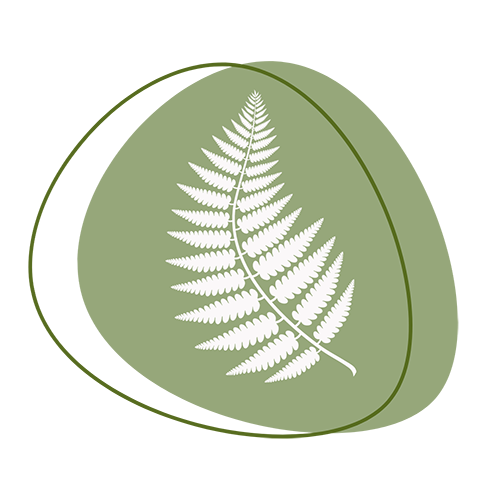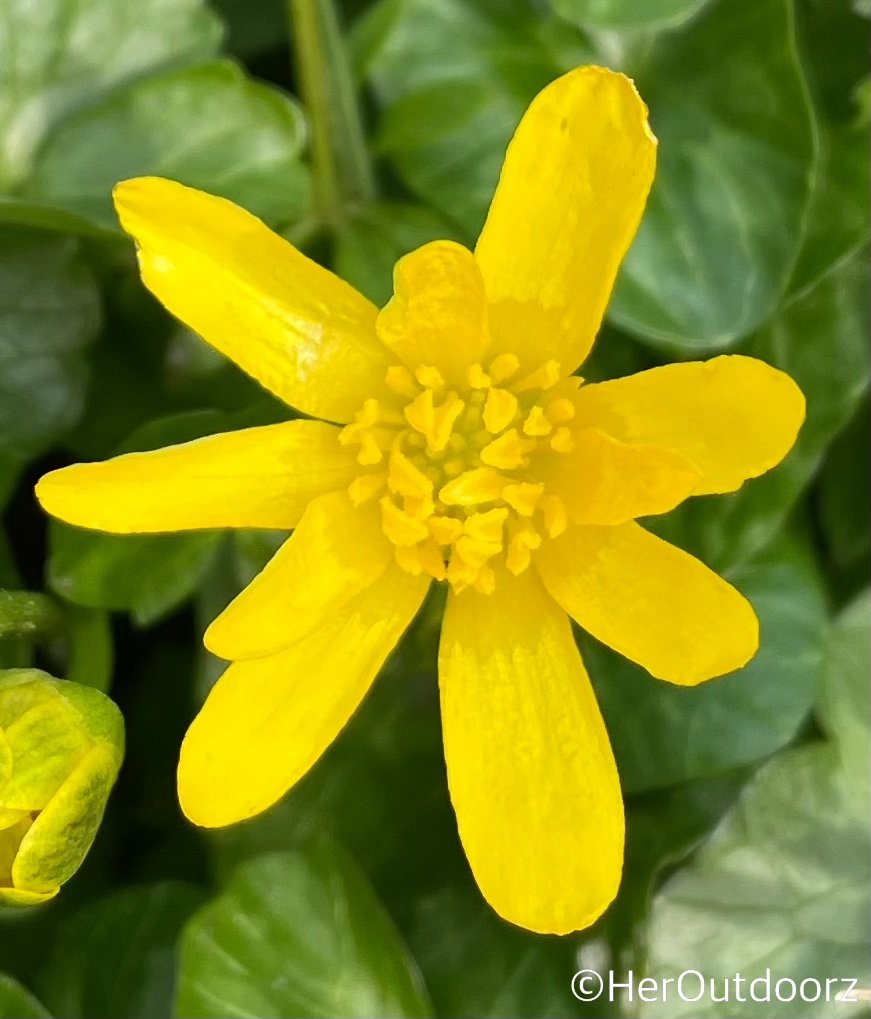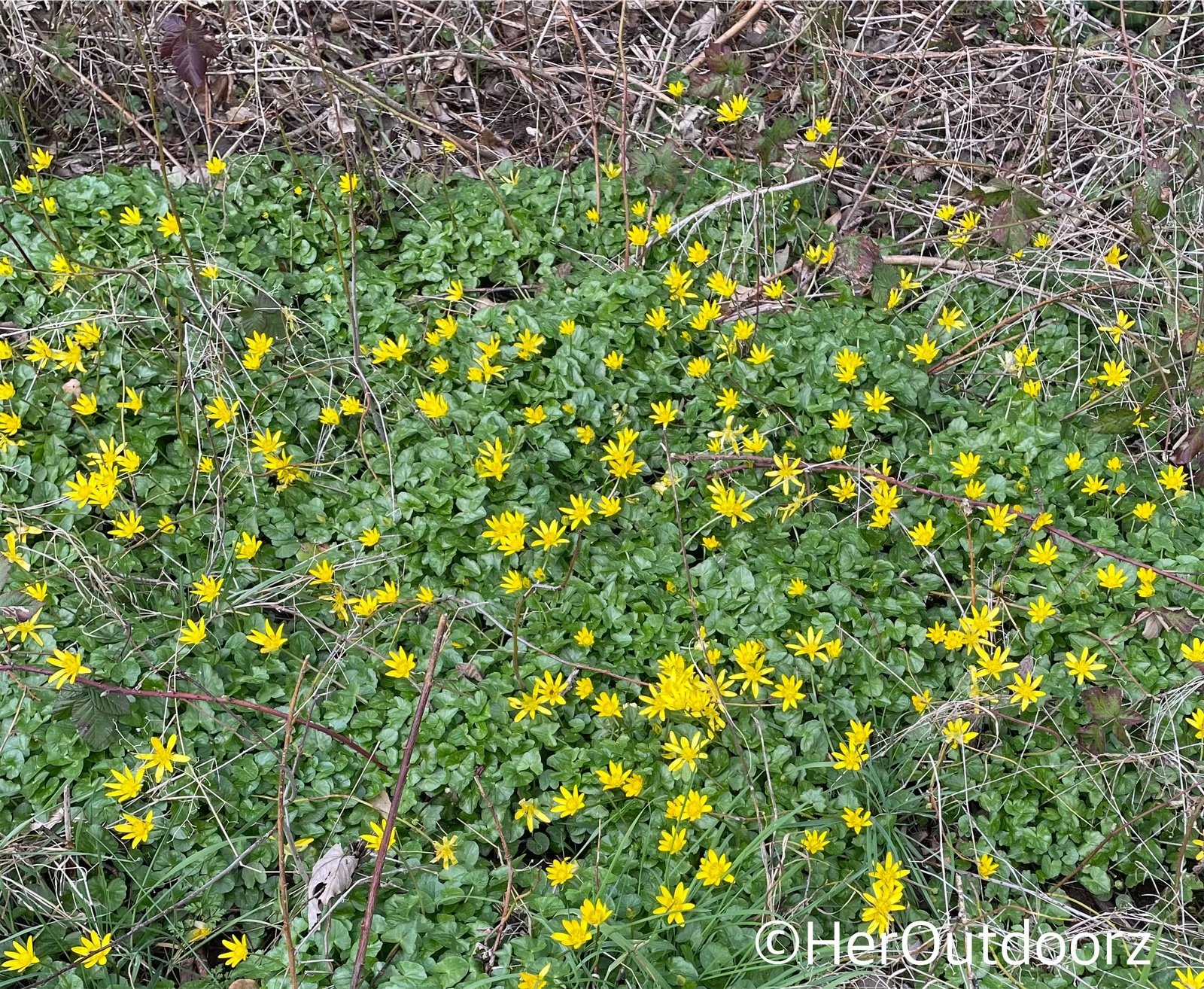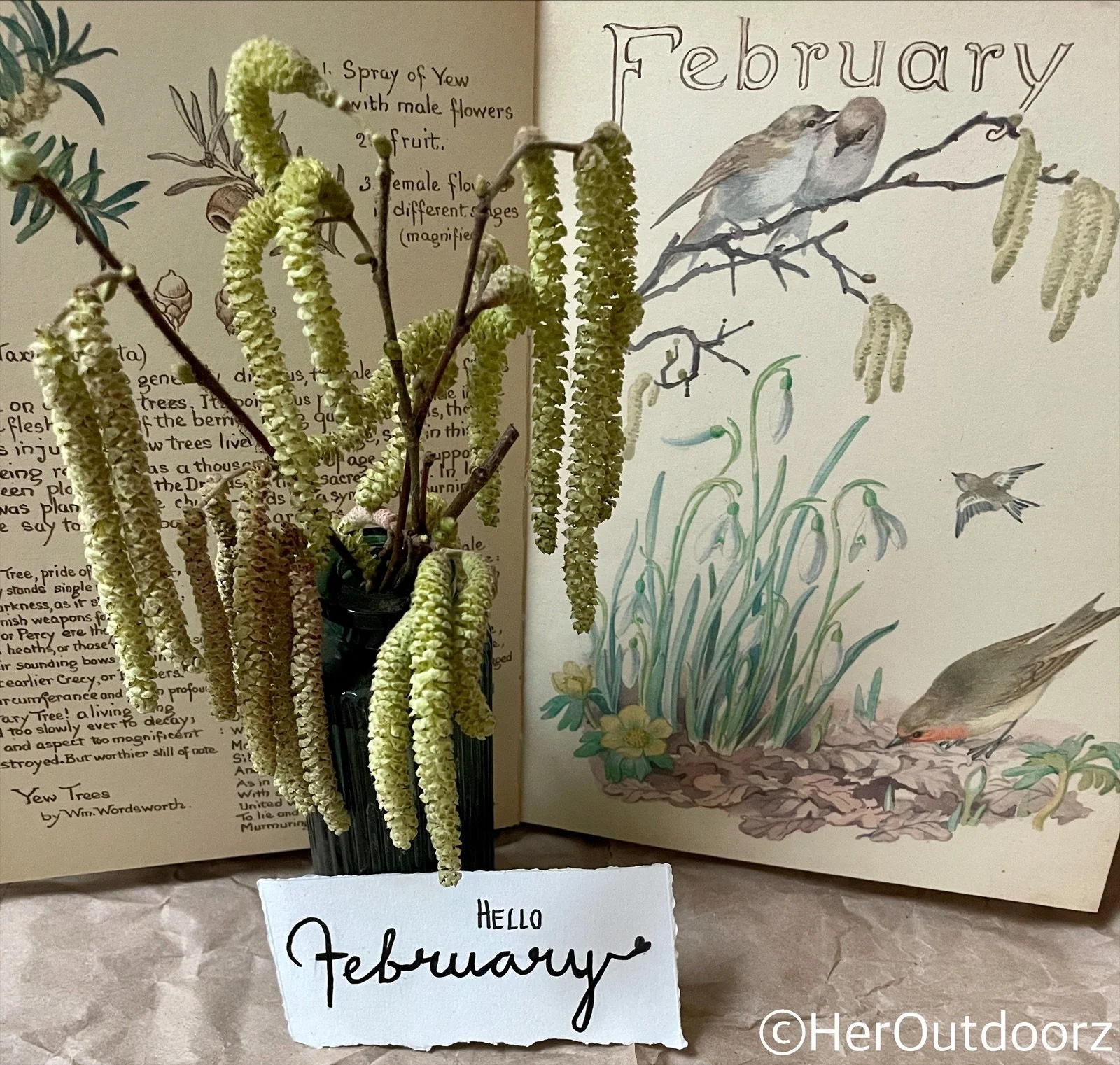Celandines
“There is a Flower, the Lesser Celandine,
That shrinks, like many more, from cold and rain;
And, the first moment that the sun may shine,
Bright as the sun himself, ‘tis out again!”
When celandines* open their lovely, sunny yellow flowers, they positively radiate sunshine! Brightening up woodland floors, verges, parks, stream banks and beneath hedgerows. These very welcome, brilliant yellow, star-like flowers, contrast beautifully with their glossy green, heart-shaped leaves. Nature’s very own combo of hearts and stars!
Usually appearing in the last weeks of February when we are winter-weary and craving a splash of colour, celandines are one of the first flowers to bloom after winter.
I’ve written briefly about celandines in a previous blog but they are such seasonal glimmers of joy, they deserve a blog all to themselves - so here it is!
* To avoid confusion I’m talking about Lesser Celandines (Ficaria verna). Despite a similar common name, Lesser Celandines are not related to Greater Celandines (Chelidonium majus). Lesser Celandines are part of the buttercup family whilst Greater Celandines form part of the poppy.
I love humble and often overlooked celandines. They are so cheerful.
One of their most attractive features is the one that inspired William Wordsworth to poetry in his poem above. Celandines turn their yellow flowers towards the sun, spreading out their petals to create golden stars that fully catch every beam of sunshine. Then they close again in the cold or rain. They are heliotropic.
Perhaps this characteristic led to the belief that celandines are able to forecast the weather. If you’re out on a walk and spot closed celandines, hurry home - or ready your umbrella!
Despite their delicate petals, celandines are robust spring flowers arriving as they do in February, when it’s still cold enough for frosts.
Folklore, Names & Uses
The name Celandine is said to derive from the Greek 'chelidon’, meaning swallow. Sight of both flower and the bird herald the arrival of spring.
Celandines are commonly known by the rather poetic name Spring Messenger and less poetically as Pilewort refering to the traditional use of celandine root as a haemorrhoid treatment!
Not forgetting the myriad of other names like Smallwort, Figwort, Brighteye, Golden Stars, Starflower, Butter and Cheese, Small Celandine, Butterchops, Scurywort and Golden Guineas.
In Welsh they are Lygad ebrill meaning 'The Eye of April' and The Celts called them crian, their word for the sun.
In the language of flowers, the lesser celandine signifies ‘joys to come’. They’re a great gift to give a this time of year.
Celandines were reputably Wordsworth’s favourite flowers, despite the poet infamously being linked with ‘a host of golden daffodils.’
Traditionally, lesser celandines have been used to treat many ailments. As as well as being used to treat haemorrhoids they’ve been applied to varicose veins, ulcers, scurvy and warts. Their leaves are full of vitamin C, hence the treatment of scurvy.
In rural communities, celandines were hung in cow byres to bring good yields of milk.
Pollinators
If you touch celandine petals (go on try it) you’ll find they’re waxy. Those glossy petals are more than just attractive. The surface shine beckons pollinators that feed on this important source of early nectar.
Especially loved by brimstone butterflies and queen bumblebees.
Celandine Day
The 21 February is Celandine Day.
The best day to look for these flowers, according to renowned naturalist Gilbert White.
When did you first spot them?
In Gardens
In a naturalised setting celandines look pretty planted alongside violets - perhaps because yellow and purple are complementary colours.
I would only recommend planting lesser celandines if you have a large plot or a spot that you are happy to naturalise. Their network of fine roots and tubers can become a nuisance growing to form a large carpet and spilling over onto lawns
I once planted a single plant by my wildlife pond and the whole area soon became inundated with pretty celandine flowers. This suited my wildlife friendly spot but if you have a smaller garden or more manicured space, perhaps just enjoy celandines out in the wild.
Lesser celandines are only present above ground for a short period in spring, dying back by late April.













When celandines open their lovely, sunny yellow flowers in February, they positively radiate sunshine! These very welcome, star-like flowers, contrast beautifully with their glossy green, heart-shaped leaves.
Nature’s very own combo of hearts and stars!